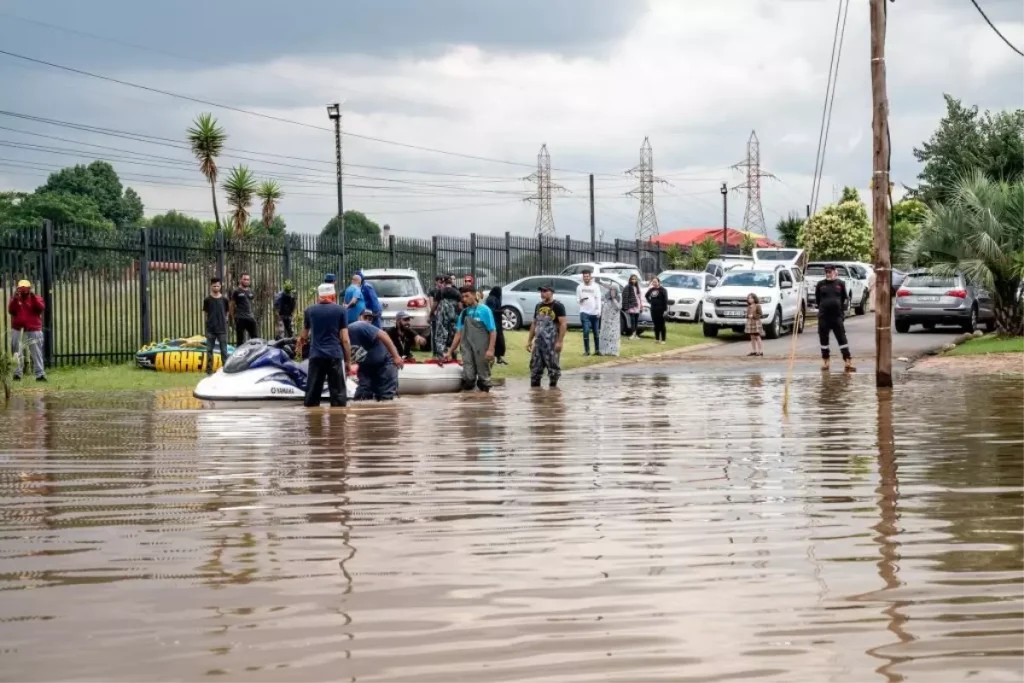Local authorities confirmed on Monday that the death toll from devastating floods in South Africa’s Eastern Cape province last week had risen to 90. Emergency crews were continuing search and rescue operations in the hardest-hit areas.
The floods, caused by heavy rain and strong winds, hit one of the country’s poorest regions, displacing thousands and causing widespread destruction. Authorities said at least 30 of those killed were children, six of whom died when school buses were swept away by floodwaters. Three other students survived by clinging to trees.
The Eastern Cape government said in a statement that the confirmed death toll had risen from 88 to 90. “Around 2,686 people have been left homeless and are currently being housed in temporary shelters,” the provincial government added.
The city of Mthatha, about 800 kilometres south of Johannesburg, bore the brunt of the disaster. Surrounding areas, including Qunu, the birthplace of former President Nelson Mandela, have also been severely affected. The floodwaters have inundated homes, schools, roads and health centres, leaving thick mudslides and widespread destruction.
President Cyril Ramaphosa visited the area on Friday and described the flooding as a “catastrophic disaster” caused by climate change. He said water levels had risen to more than four metres in some places, highlighting the growing impact of extreme weather events in the country.
While snow and heavy rainfall are typical of South African winters, coastal areas have experienced what Ramaphosa called “unprecedented” conditions. Green Climate Fund experts have warned that South Africa is increasingly vulnerable to the effects of climate change, with the frequency and severity of such disasters increasing.



